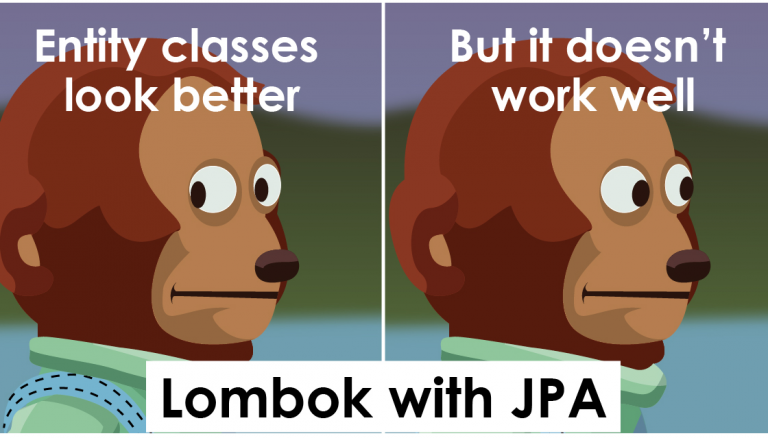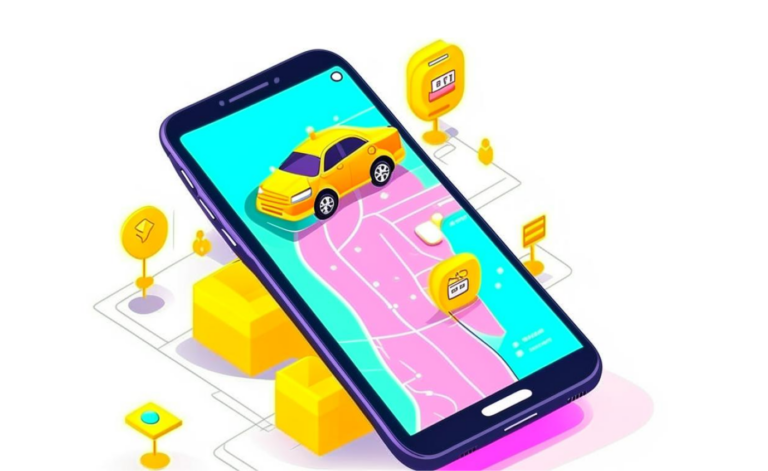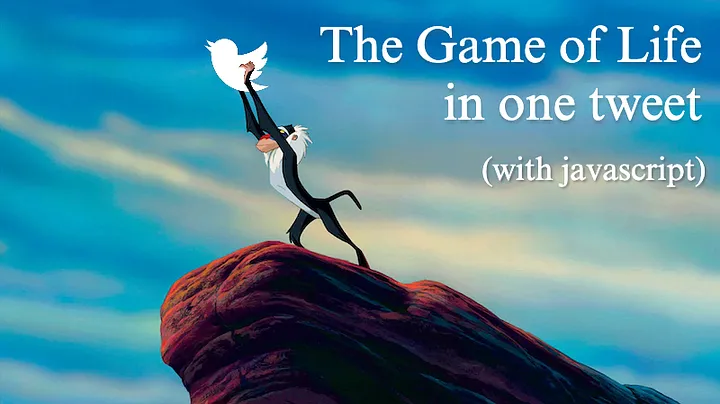Virtual reality technologies in the criminal system
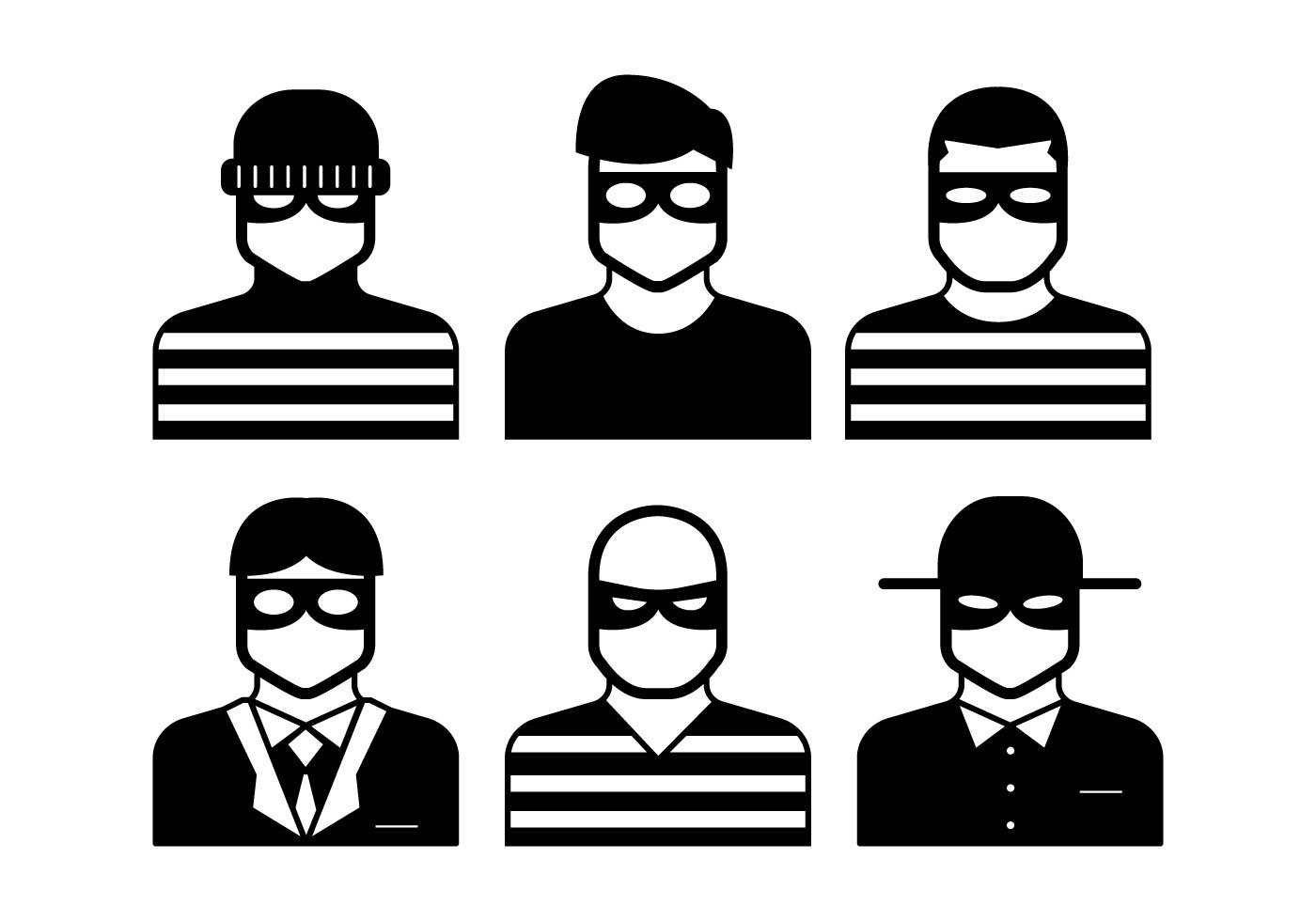
As we wrote in one of our articles, today many are betting that AR / VR technologies are our future. The fantasy novel Avalanche by Neil Stevenson in that article is becoming somewhat prophetic. The plot of the book, based on the life of Hiro Protagonist – the main character who lives with his roommate in a small container inside a huge gloomy world, very well illustrates today’s topic for discussion – the introduction of a virtual reality system into the criminal system.
So, let’s start with the latest news: Global Tel Link Corporation (providing communications for American prisons) received a patent on the virtual reality system “Offender Management System” (OMS), which is planned to be installed in prisons to organize the possibility of interaction with the outside world. In this article, we will discuss the relevance and prospects of this kind of technology in the future, focusing primarily on the social aspect.
Offender Management System patent
V patent OMS says that in a controlled environment such as a correctional facility, prisoners have very limited opportunities to interact with the outside world, and this development will allow them to imagine their existence in a more free form. It includes two subsystems: the first stores virtual prisoners’ profiles, the second implements virtual reality itself, which retrieves their profiles, initiates a session using communication devices configured to transmit information, and personalizes the session based on the selected profile. OMS can be used to interact with a second virtual reality user outside of the prison. The technology also sends information about the session to a “monitoring system” to track the communication between the prisoner and his interlocutor in case of any unacceptable actions.
Of course, the idea of introducing such a development was perceived by the society very ambiguously. Cooper Quintin, senior technologist at the Electronic Frontier Foundation (EFF) activist organization, commented: “Global Tel Link’s patent to replace face-to-face prison visits with virtual reality reveals the company’s ultimate goal of mediating all interactions between prisoners and the outside world, using innovative ways to generate more revenue. “; “These technologies are destroying all remnants of private communication between prisoners and their loved ones outside and provide prisons with another way of monitoring.” It is noteworthy that in 2015, Global Tel Link (GTL) was targeted at class actionin which the families of inmates argued that they had to pay significantly more for one 15-minute call from prison than for regular telephone services. ” GTL controls approximately 46-53% contracts for telecommunications in US prisons, and according to various sources for a 15-minute call from district or city prisons, they charged up to $ 25 in different states.

New form punishments fixes
It must be said that virtual reality has previously been used in prisons for various purposes – teaching certain skills, preparing prisoners for release (in the event of the likelihood of their potential disorientation in society after a long stay in the absence of freedom). But the introduction of such a technology specifically for organizing communications seems to be calculated for the most part only for the financial and informational benefit of both the contractor himself and the prison management bodies.
An interesting case is the continuation of the development of the use of virtual reality technologies in places of detention, associated with its use directly as a punishment – that is, placing a criminal in a virtual environment that imitates an already existing physical one. In this case, he will still be in the camera, not posing a danger to others, but thanks to VR / AR devices, various kinds of effects can be made on him. For example, in research Indiana School of Law and Social Equality on this topic in 2020 gave an example of adding spiders to a virtual environment for prisoners with arachnophobia as a punishment for inappropriate behavior.
But what if we consider virtual prisons from the point of view of a completely new form of imprisonment that will replace existing ones? The fundamental goal of correctional institutions is to rehabilitate a stumbled person by isolating him as a source of danger to the world around him. Modern prisons are, firstly, very expensive to operate (for example, in the UK it costs about £ 80,000 a year to maintain a prisoner, taking into account the huge capital costs of building and maintaining such facilities), and secondly, in terms of corrective action on the prisoner may not be the most effective. Prisoners live in a confined space with constant reminders of past and present failures alongside the most antisocial elements of society. Is this context the most appropriate for developing life skills? According to statistics, about 44% of prisoners in the United States return to prison within 1 year after release, about 68% after 3 years, and 77% within 5 years. What if the use of virtual reality technologies in this case can have a better effect?
For example, there has been a burglary (say, in a fairly small value). We can put a criminal under house arrest with a special GPS tracker for tracking and a virtual reality helmet in which he is obliged to stay most of the day. In a virtual prison, he is not in solitary confinement, thinking about suicide and throwing himself against the walls, he does not get paranoid about going out into the yard for a day walk, in addition, he is fenced off from antisocial behavior around. In his helmet, he goes through a program of psychological recovery, as a result of which he returns to reality. Virtual work can be technically implemented in the form of various programs – educational, philosophical, helping to reduce the level of anxiety, etc.
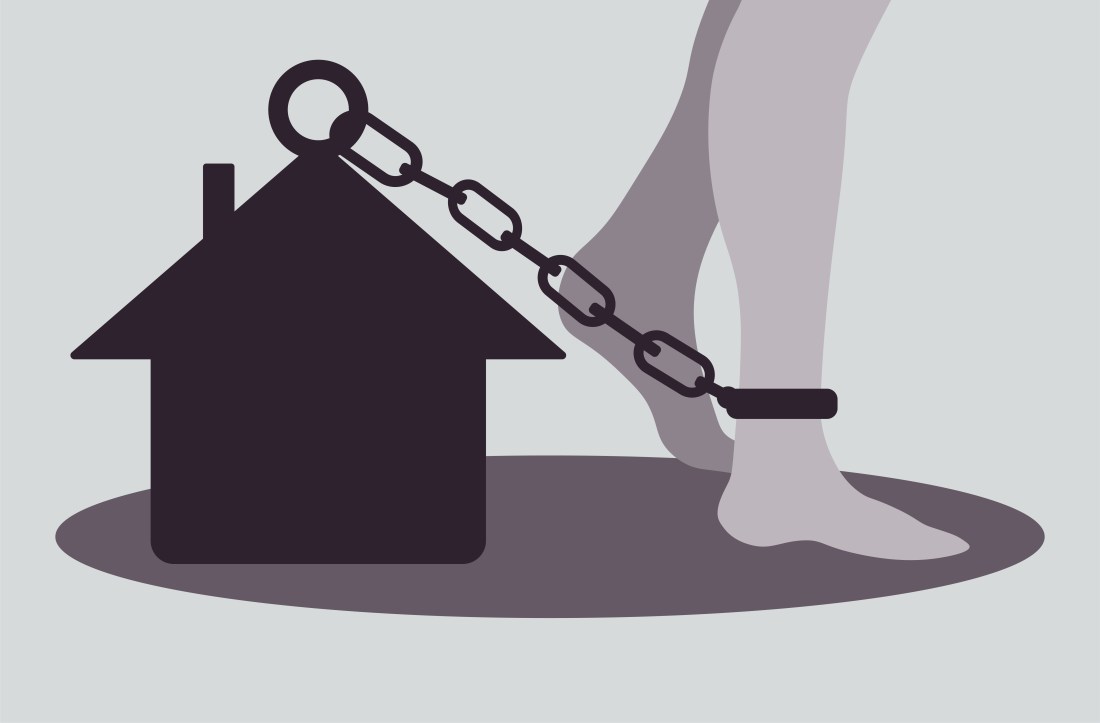
Of course, different categories of crimes are different conditions for the passage of this restoration. We are not saying that high-risk criminals should serve their sentences under house arrest with VR devices. For them, real prisons can also be designed, but again using virtual reality technologies, which increases the chance of rehabilitation.
Conclusion
Since the dawn of civilization, forms of punishment have been inextricably linked with public attitudes. What was once considered socially acceptable became, on the contrary, more and more unacceptable over time. Today, thanks to the development of technology, new horizons are opening up for us, they allow us to make great changes in our lives, changing outdated beliefs and attitudes. It is possible that the use of VR technology in the criminal system will give many people a chance to return, and the horrific modern methods will become a thing of the past.


